Autumn, Year Three
Autumn, Year Three. Day after day, thunder rumbles across the sky, bringing to an end the driest summer we have ever known. And then peace once more, as the mist rolls in and the year rolls on to Christmas.
These are some pretty old posts! I don't blog that much any more, but if they are of interest, feel free to browse. Alternatively, you can go back to the homepage to see some more recent stuff.
Autumn, Year Three. Day after day, thunder rumbles across the sky, bringing to an end the driest summer we have ever known. And then peace once more, as the mist rolls in and the year rolls on to Christmas.
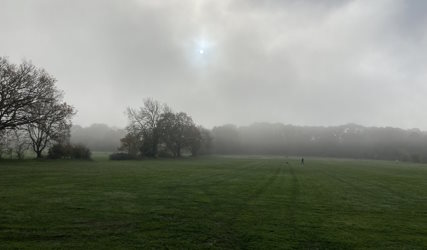
Summer, Year Three. The grass is slowly yellowing, while the vegetables grow on and on. Sweltering says give way to nights without relief. I made it home in time for the pea harvest after all.
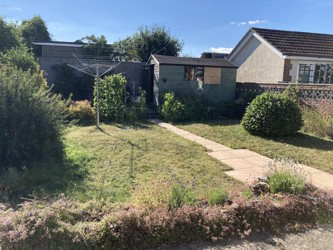
Spring, Year Three. While I was away, May came to the garden. Our “No Mow May” experiment brought our first ever damselflies, along with many other beautiful flowers and insects.
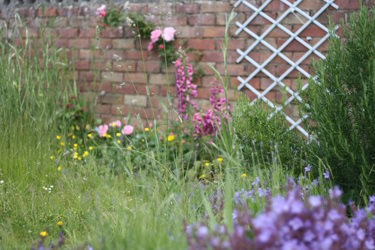
Winter, Year Two. Life slowly, inexorably reaches towards normal again. The world outside is calm and still for a moment, and inside friends see each other for Christmas once more.
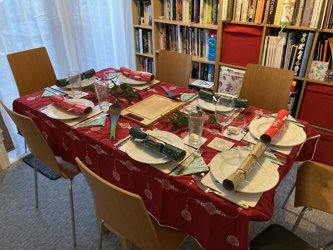
The Bournemouth Air Festival, through the eyes of Plane/Sailing: The Eurofighter Typhoon, ladies and gentlemen - the world’s most expensive Etch-a-Sketch. Early morning air corridor visualisation. Tweaking the Plane/Sailing client ahead to add a faster update rate ahead of Bournemouth Air Festival Day 2! Team leader here is a smooth...

Autumn, Year Two. Back to work, air show, back to school. Then like clockwork nights will draw in, the heating will come on, and the long run down to Christmas will start.

Summer, Year Two. Despite April frosts and May downpours, we have made it at last, and colour has exploded into the garden. The sun is shining, a gentle breeze blowing, birds singing and life is everywhere.

Spring, Year Two. It’s been nearly twelve months of having a house with a garden, so for the first time we are able to see April with all its promise.

Winter, Year One. A cold and frosty first Christmas in our new house. Between Covid and everything else that’s gone on this year, it’s not quite the big family event I imagined. But if this year has taught us anything, it’s how to be happy with just the three of...
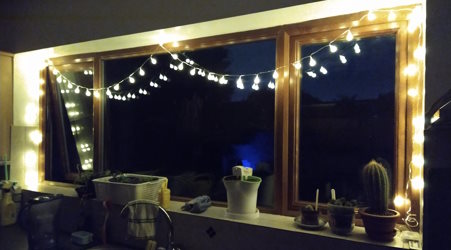
Autumn, Year One. The last of the barbecues gone, a wind from the west brings colder storms ashore. We wonder how the rest of the year will go; Halloween without trick-or-treaters, Christmas without family and friends?
